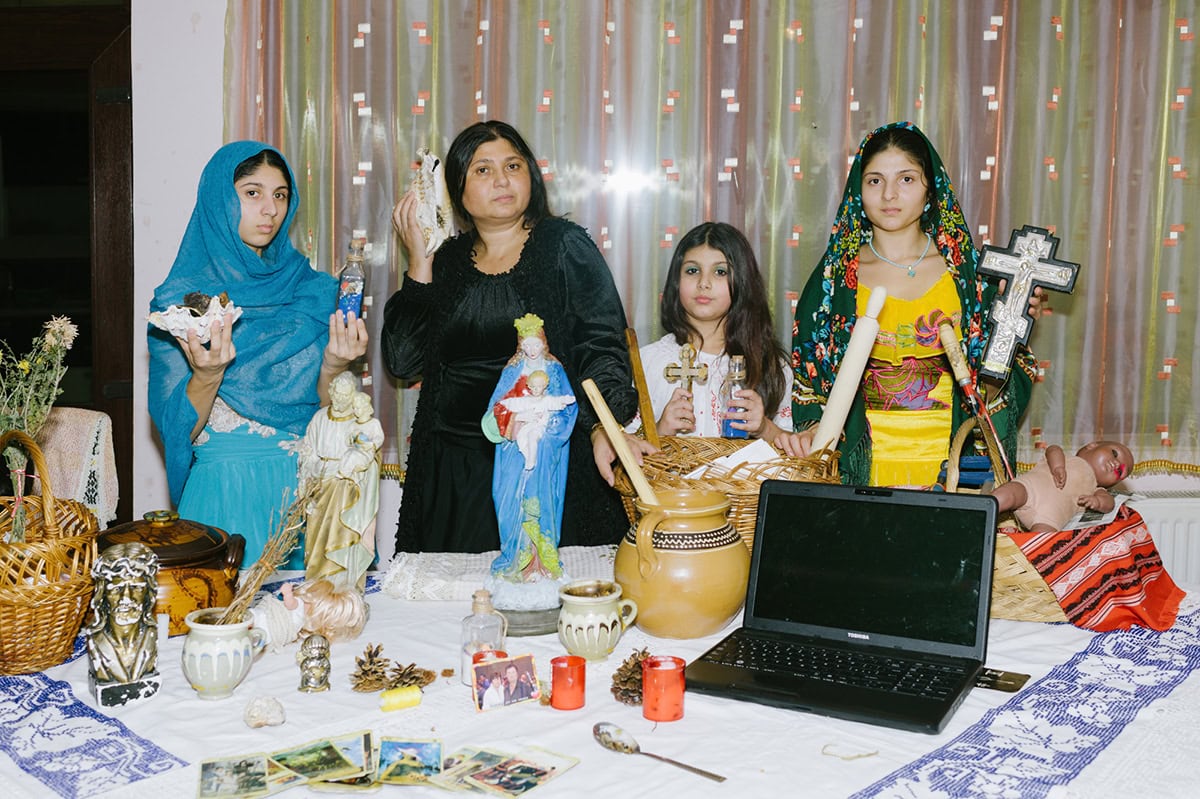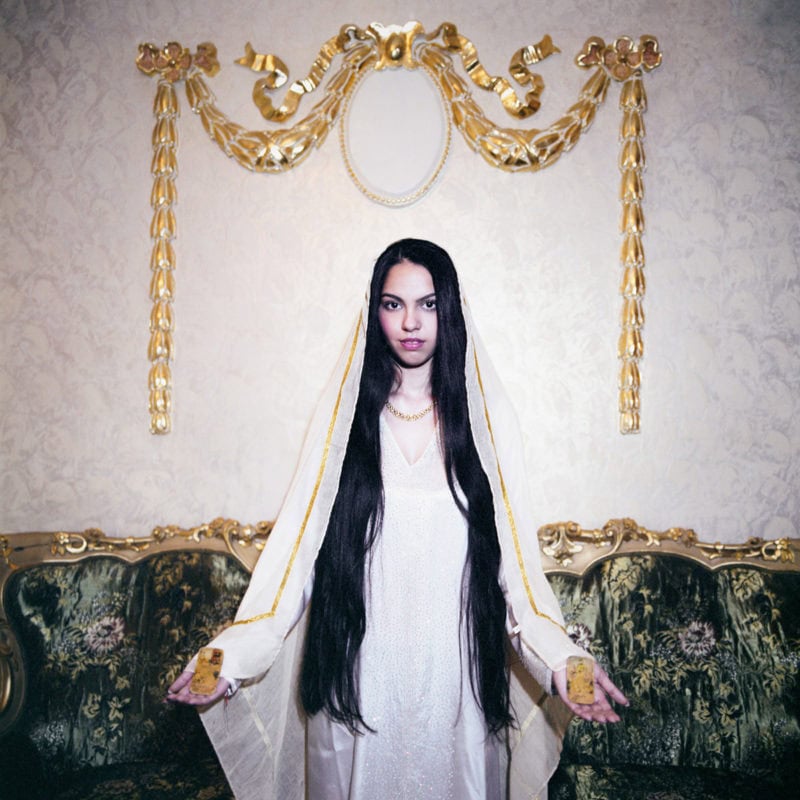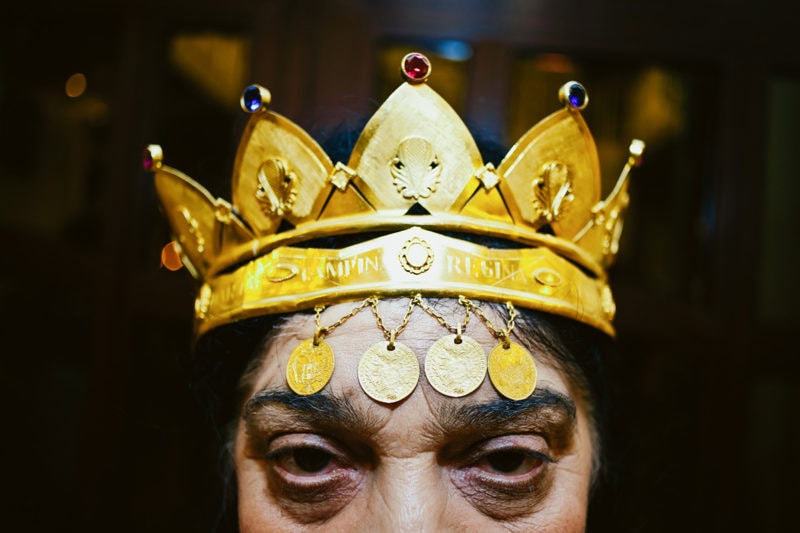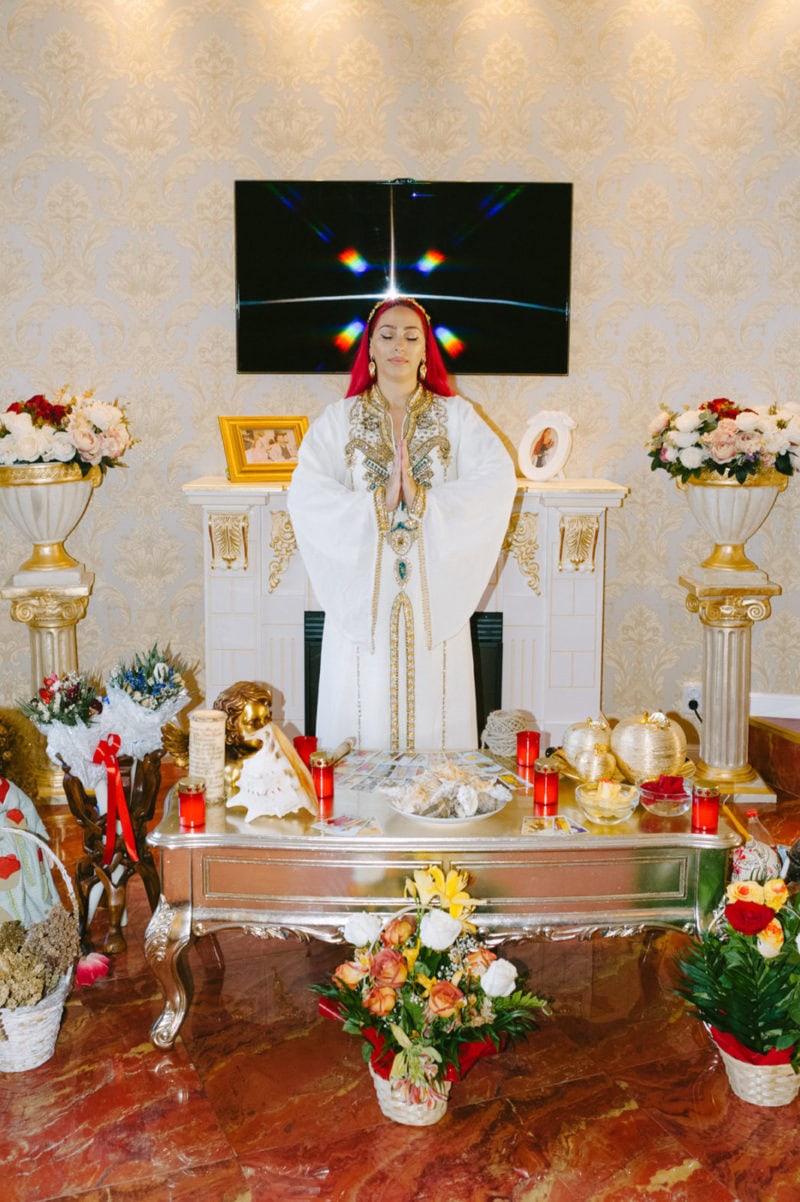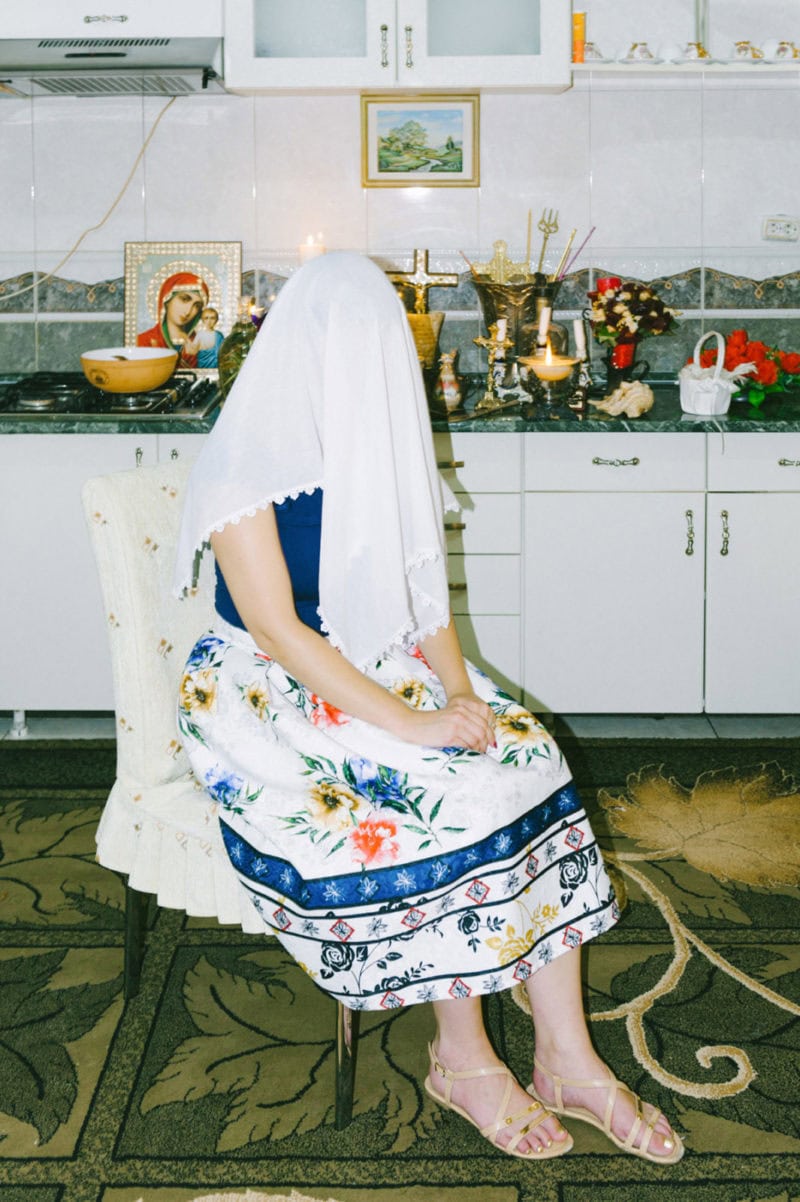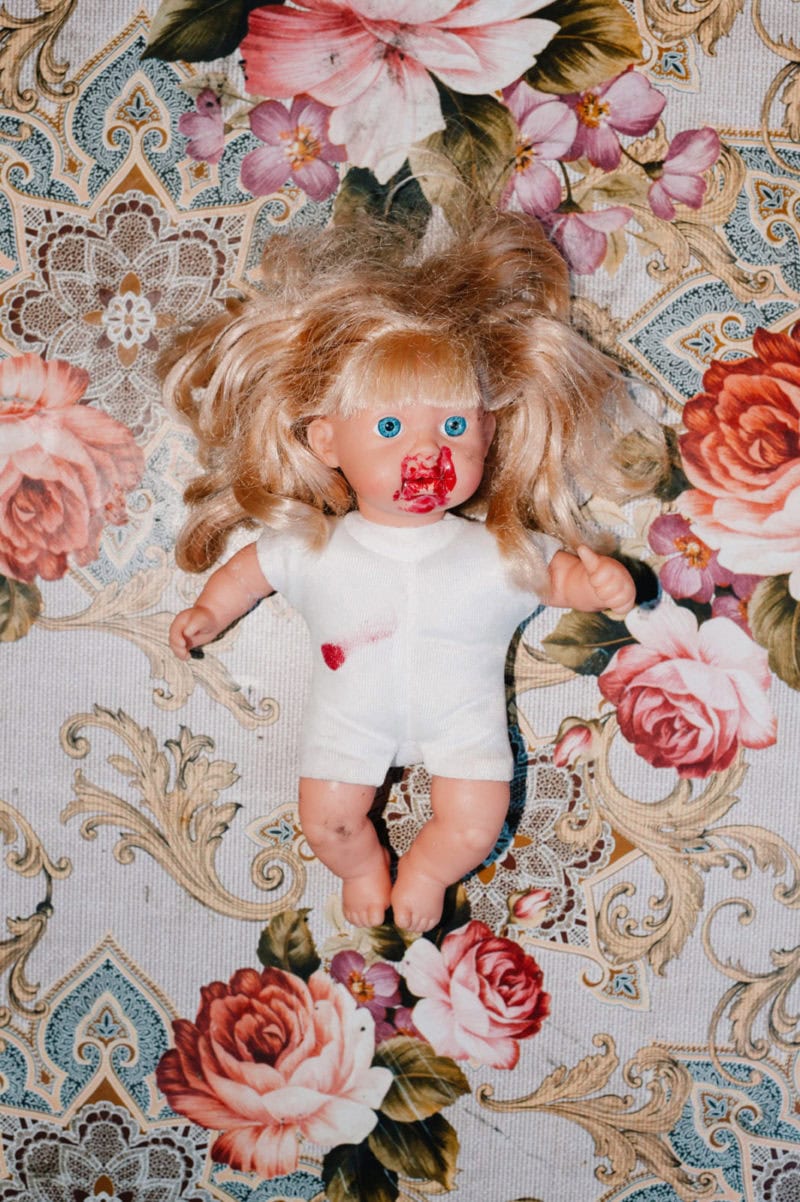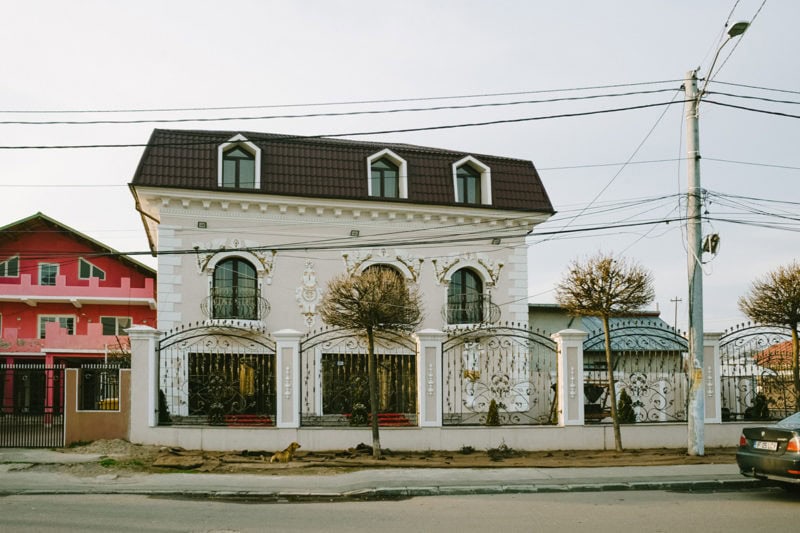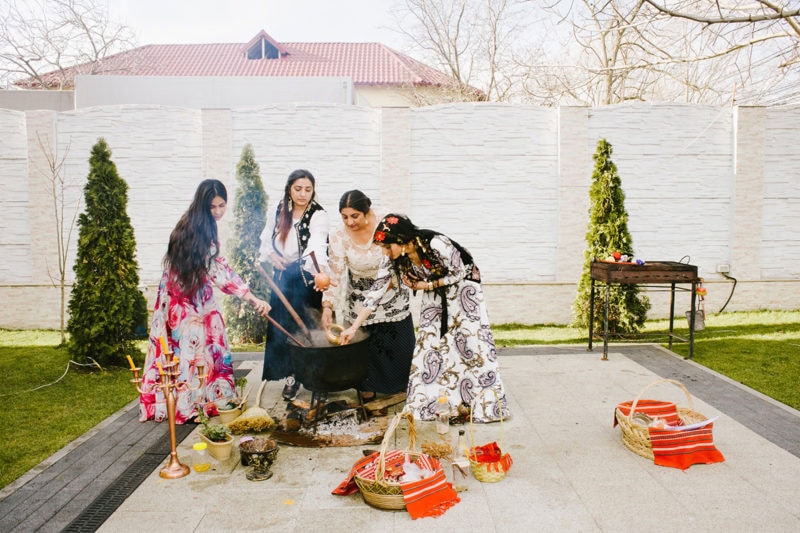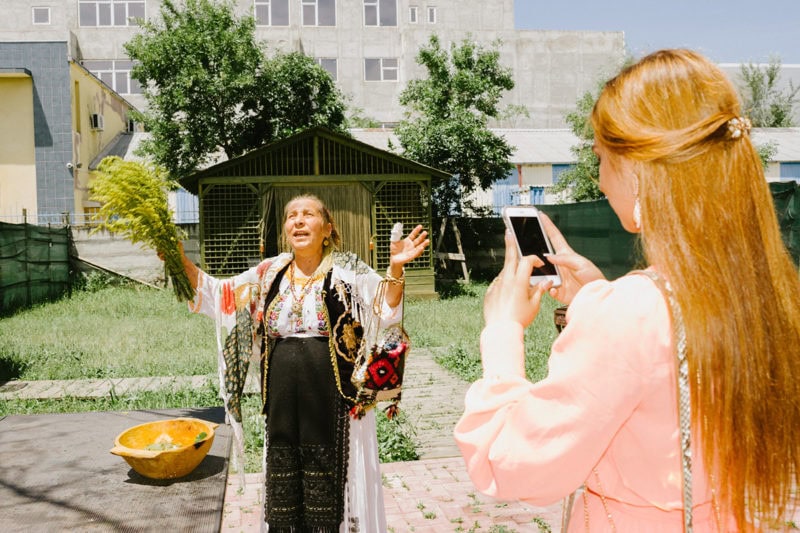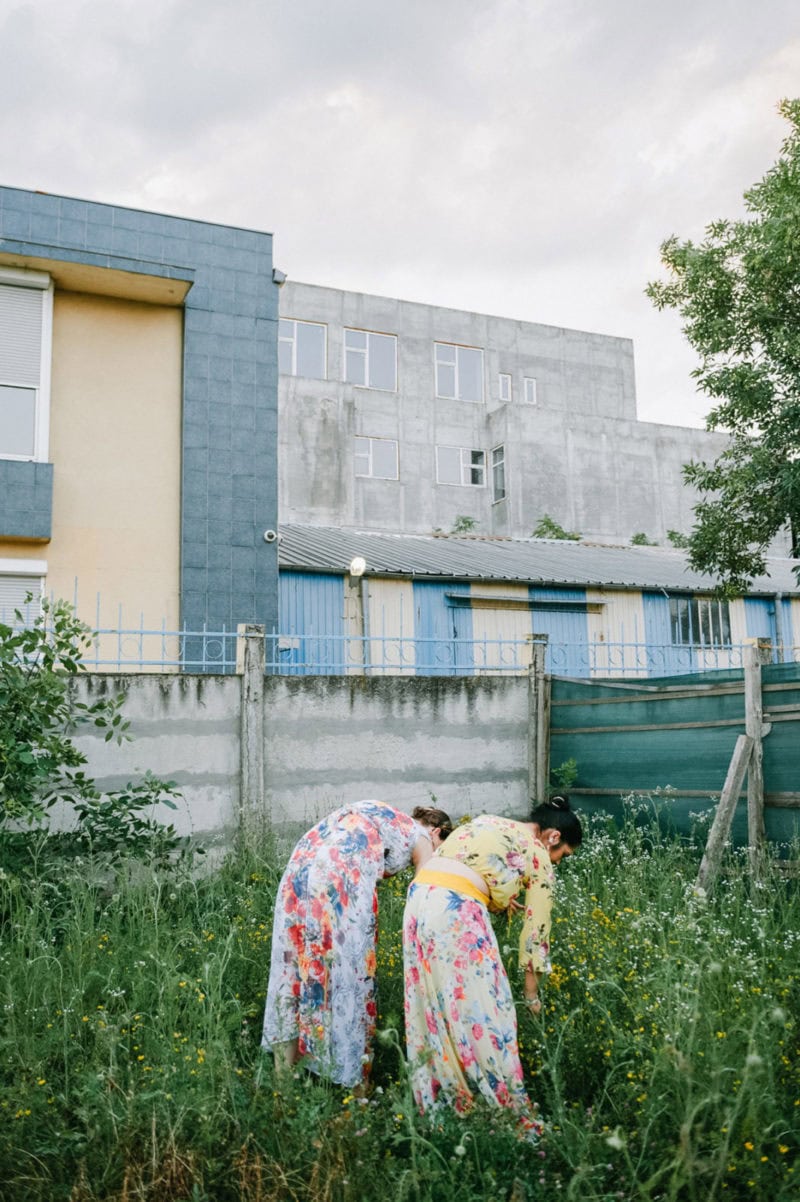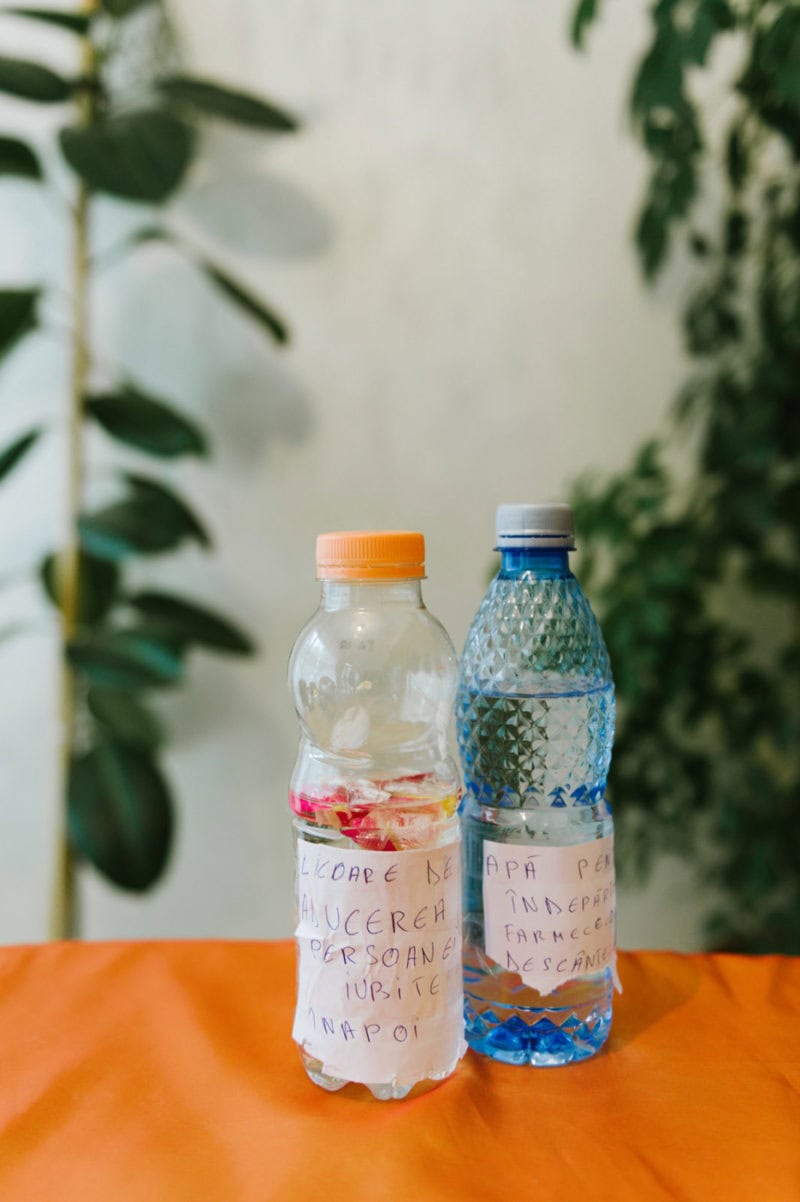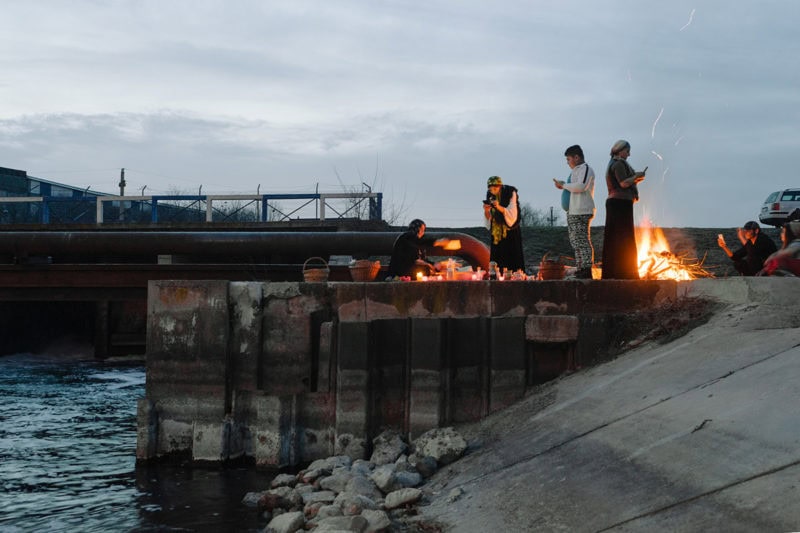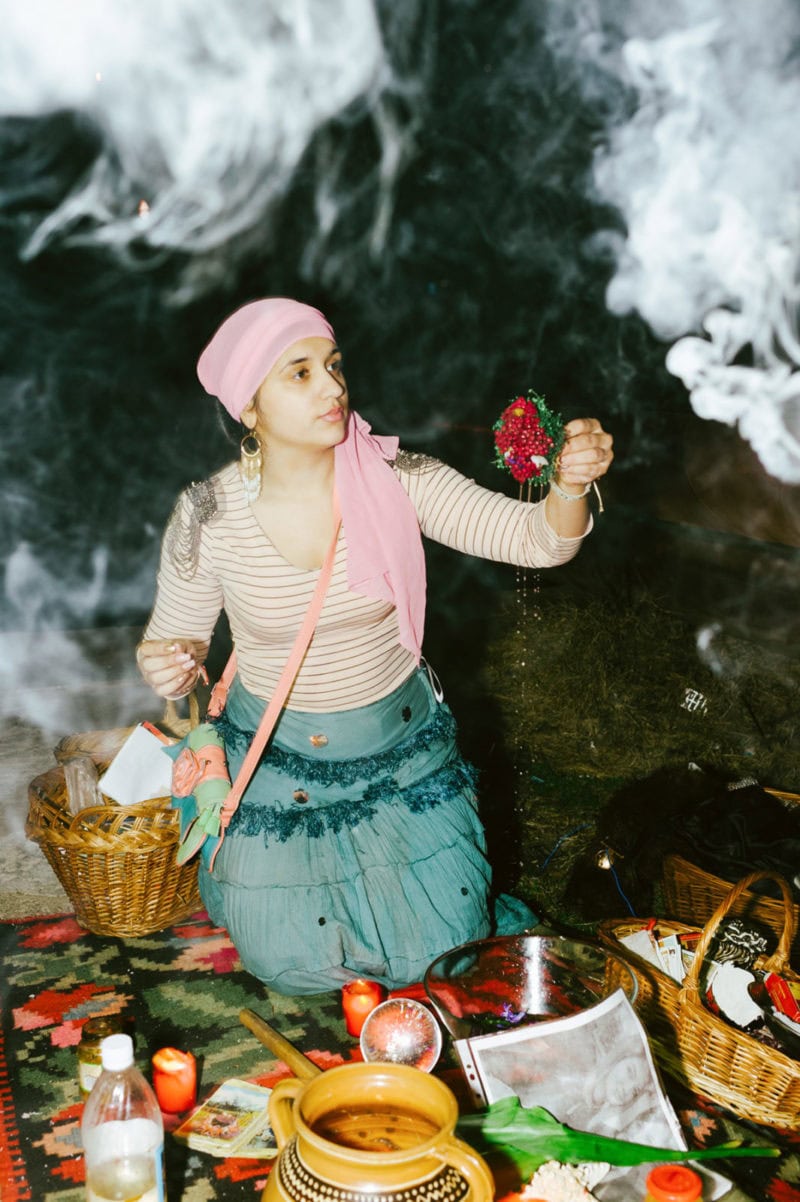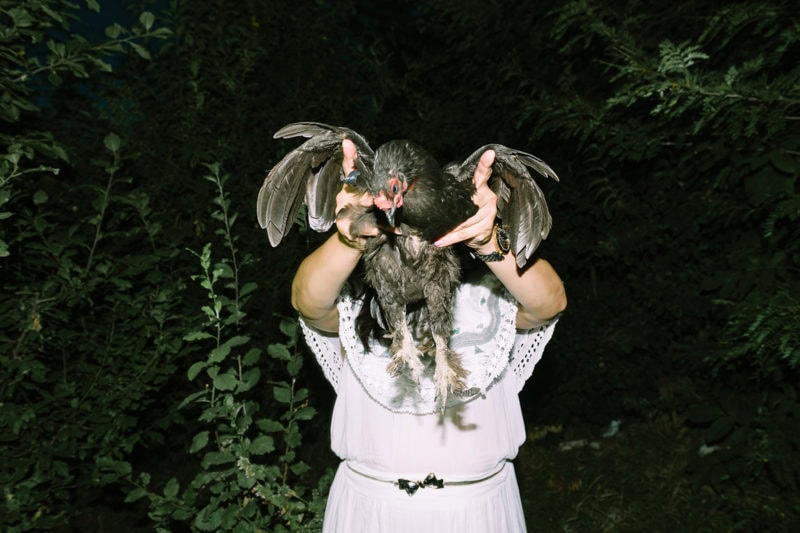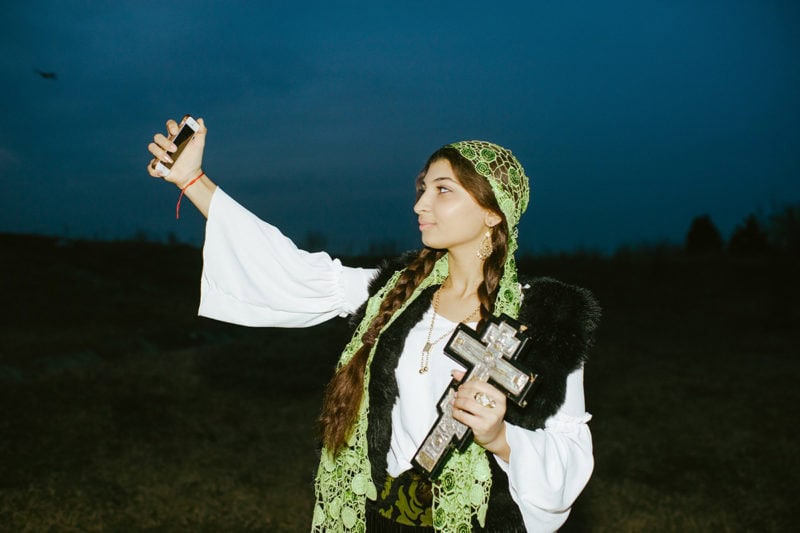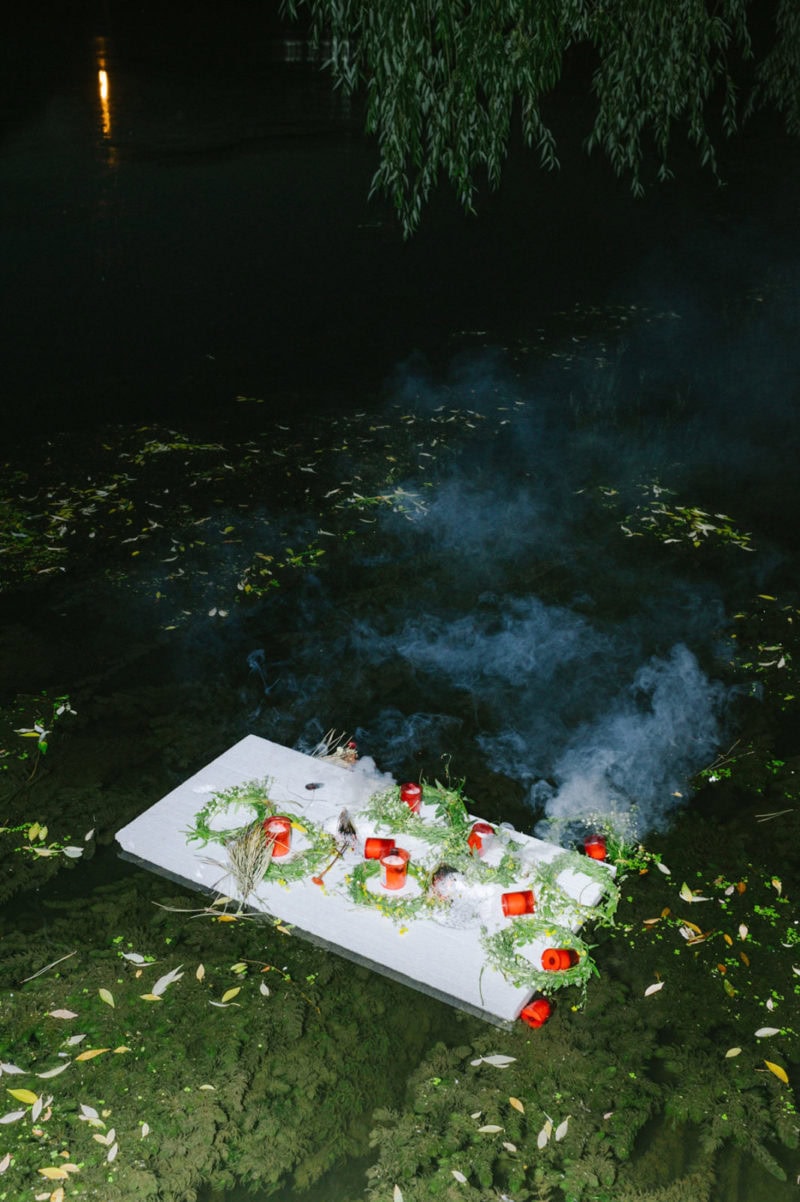Lucia Sekerková Bláhová was born in 1991 in Slovakia. She grew up in a Christian family in a small village. A lot of rules raised her up, including being forbidden from anything associated with occult practices, thing that made her raise her curiosity on the matter. Investigating around the dogma, she got in touch with these supernatural realities that allowed her to start her project Vrăjitoare. Her work mostly focuses on storytelling about marginalized communities.
She studied Advertising Photography at Tomas Bata University in Zlin in the Czech Republic. She received a Czech Press Photo Canon Junior Award in 2013 for her project Donum Vitae. Part of her current project Vrajitoare was exhibited in the Centre of Contemporary Art DOX in Prague in 2015. She received a student grant IGA FMK UTB in 2017 and together with an ethnologist Ivana Šusterová, they combined their work in the book ‘Women selling hope’ (PositiF, 2017) which includes both photos and essays. The book was displayed in Benaki Museum during the Athens Photo Festival in Greece and at the festival ‘Les Rencontres de la photographie in Arles’ in France, at Kunsthalle during the Month of Photography in Bratislava in Slovakia. In the years 2018-2019 project “Vrajitoare” was presented as a solo exhibition in Czech Photo Centre in Prague, in Fiducia gallery in Ostrava, in the Museum of Romani Culture Brno and in Central European House of Photography in Bratislava, Slovakia. It was shortlisted for the New East Photo Prize 2018 and exhibited in Calvert Foundation 22 in London. She was announced as the winner of Feature Shoot Emerging Photography Award 2018 and as the Personality of Czech Photography in the category up to 30 years. It was also shortlisted for others, such as Portraits – Hellerau Photography Award in Germany, Poznań Photo Diploma Award in Poland. Her work “Vrajitoare” has also been published in various magazines such as Foto, Fotograf, Respekt, Lens Culture, Calvert Journal, Indie, Huck, Re:public, Vice, Feature Shoot, LK magazine, F-stop, Wired, Refinery29, Denník N, Gente di Fotografia, Bird in Flight, It’s Nice That, Society.
About ‘Vrajitoare’– words by Lucia Sekerková Bláhová:
Vrăjitoare – witches, fortune tellers, healers. Many Romanian Roma women identify themselves with such descriptions. In the past fortune-telling had a strong tradition within many traveling Roma groups wandering across the European area. Fortune telling abilities were primarily attributed to, in the main, older women, undoubtedly for their lifelong experiences. Their potential clients were to be found anywhere in the streets of the villages and towns where their caravans happened to have stopped.
Me and an ethnologist, Ivana Šusterová, decided to make a fusion between photographic work and an ethnological study. For over four years, we have been researching the world of Romanian Roma women who professionally practice fortune-telling and witchcraft. Before the revolutionary year 1989, their work was affected by the Communist regime which prohibited fortune-telling and witching activities under the threat of imprisonment. In recent years, the popularity of their services is again on the upsurge and the topic is widely discussed, at home and in the media. On the other hand, their names are mentioned in police reports, they are charged with blackmail.
In my photographic collection, I try to record the consequences of modernisation, which has inherently transformed this profession, which in itself balances on the thin division between mysticism and showmanship for the client. Today, these women no longer walk the streets in search of suitable palms from which to tell their owner’s future, but the clients themselves seek them out on the basis of advertisement in the media or on social networks, subsequently visiting them in their splendid houses. Instead of palm reading or fortune-telling from tea leaves, it is now sufficient to know your name, date of birth and perhaps an online chat on the social network. The profession has been transformed into a business, inherited across generations. Nine-year-old girls are already starting their promotional “vrăjitoare” profiles on Facebook. Dolls are at one moment their toy, yet at any time they can transform themselves into a magical artifact with the ability to regain a client’s lost love.
